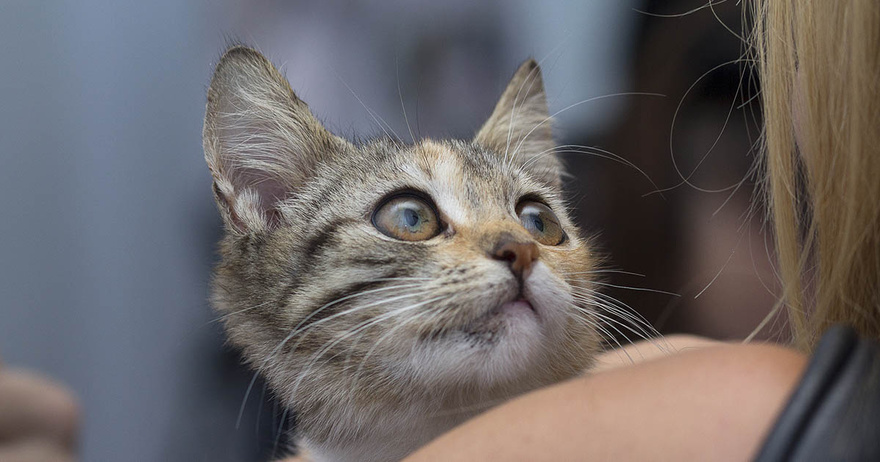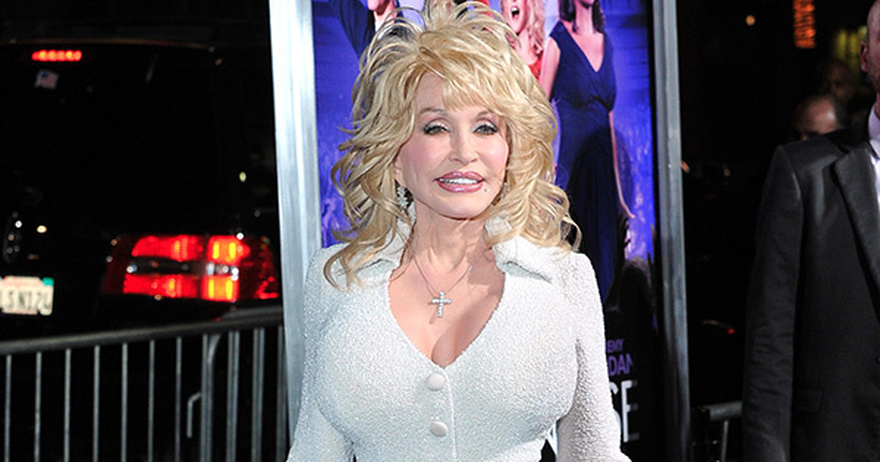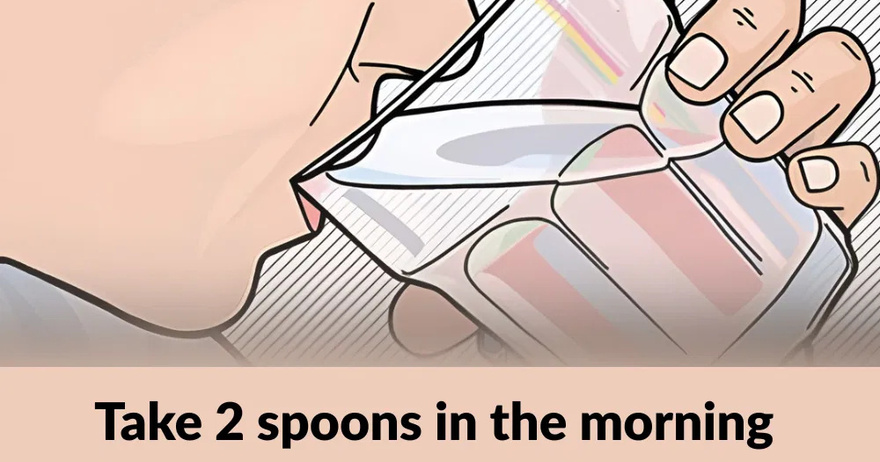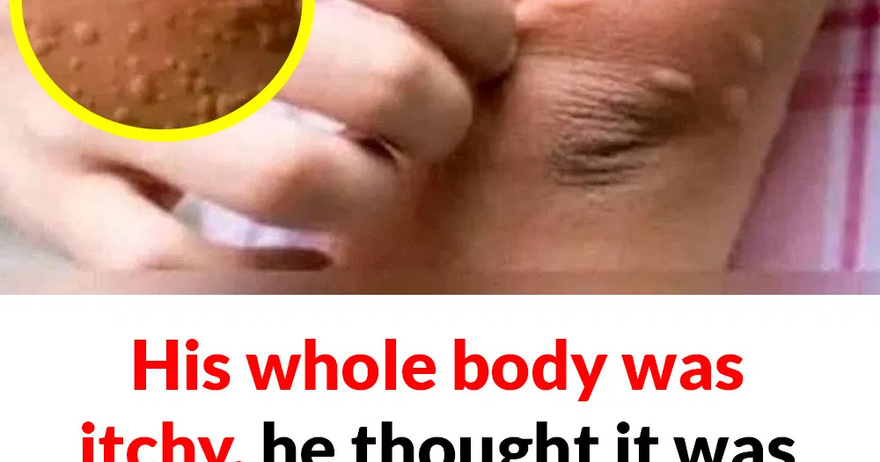Cats are peculiar creatures. Even their die-hard fans admit they tend to have a cold-and-hot nature. Some felines are open books who love cuddles and basically everyone they meet. But they are the exception. Most cat owners are tasked with trying to understand their finicky behavior. However, learning feline body language can make it easier to train and bond with these adorable pets. And no behavior can be more confusing than the rubbing up or “bunting”.
Building a Relationship With a Cat
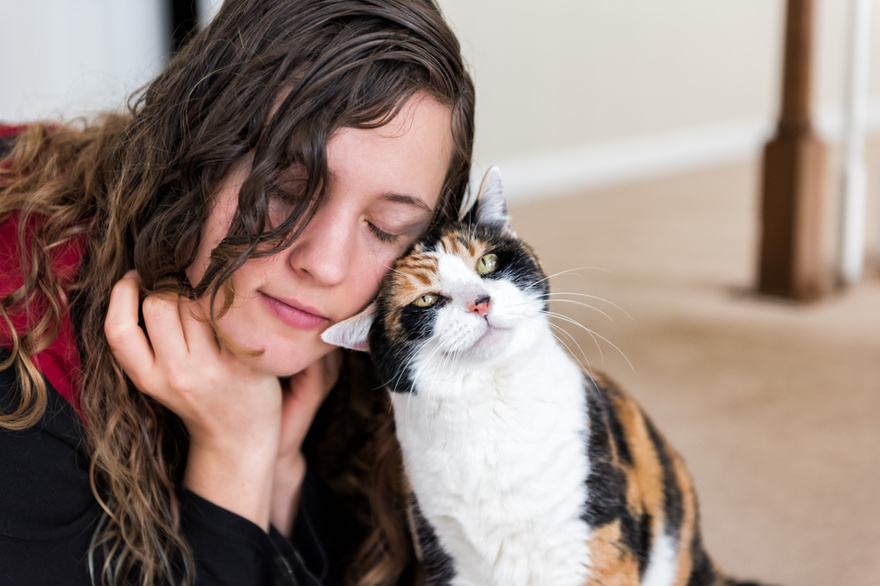
It can take time to earn a cat’s trust. Depending on the situation, it could take months or even years to build a faithful bond. Therefore, there’s no true feline behavior dictionary; small details differ depending on the individuals involved. However, feline instincts tend to lead them to act similarly when they show affection, fear, aggression, confusion, etc. It’s up to every owner to figure out their pet’s unique cues.
One strange cat behavior is rubbing up on humans and other animals. Most of the time, it’s a positive sign, but it’s often more than that. Felines have scent glands around their faces, heads, and base of their tails. These glands hold pheromones, which are wiped onto their surroundings. So when they rub or headbutt people or items, cats are marking their territory with their pheromones.
Most of the time, this is the kitty equivalent of a friendly greeting. “Cats also have vibrissae or what we refer to as whiskers on their face,” says Tomeshia Hubbard, DVM, at the Alabama Veterinary Allergy and Dermatology Service, to Country Living. “These vibrissae serve as specialized sensory organs or organs of touch which stimulate cats to show affection towards their owners or humans.”
Not only is it an affectionate gesture, it is a territorial one. And the cat has just accepted this human (or object) as part of their environment and claimed them as part of their property. Pheremones fade, so kitties must “reapply” them every so often in order to feel calm and at home in their surroundings. So when an owner comes home from work, their cat may come running to reclaim their territory.
Indicating, Implying, or Illness?

Sometimes bunting is used to investigate. Cats may rub their heads on things the same way babies explore objects by putting them into their mouths. Except cats are trying to “size people up” in addition to collecting new information. In this situation, bunting is not a greeting or an invitation for petting, so don’t assume a newly-acquainted kitty took an immediate liking to you, and employ caution before trying to stroke them.
Cats may use rubbing/headbutting the same way humans use their fingers to point. This is why it’s important for owners to build a relationship with their pets and learn their unique cues. A kitty may rub against a kitchen cabinet to show they are hungry, but the door to say they want to go out, or aggressively headbutt to communicate that something is wrong. Remember, this kind of rubbing is generally a good thing, but sometimes it can indicate a larger issue.
If a cat begins aggressively bunting against people or objects alongside other symptoms and behavioral changes, speak to their vet. Look out for signs of illness like weight loss, vomiting, diarrhear, hair loss, changes in appetite, itching, overgrooming, etc. Medical conditions that can lead to excessive rubbing include allergies, fleas, ear infections, intracranial disease, or feline hypersensitivity disorder, says PetMD.
Demystifying More Cat Behaviors

Another confusing cat behavior is the tail wag. For dogs, it generally means they are feeling happy and playful, but for cats, it may be a warning, according to Evelyn Kass, DVM, a veterinarian with Pet Nutrition Doctor. “The tail wag is a sign of heightened excitement, annoyance, or frustration. The thrashing tail generally means ‘stop what you are doing or I am going to get angry and might bite you.‘” The kitty may also be preparing to pounce on a toy.
A “cute cat compilation” video isn’t complete without a clip of a feline knocking something off a table, whether it’s a cup, a toy, or even a laptop. This behavior ranges from being adorable to infuriating for owners, but it’s also completely normal for cats. It’s their way of expressing boredom, playfulness, the urge to hunt, or the desire for attention.
Exposing their bellies is often taken as an opportunity to pet them. But that may not have been the cat’s intention, and it might react aggressively. “When cats expose their bellies to us, they are saying they trust us. But when we take them up on this ‘offer’ by rubbing their bellies, they may retract it with a bite or a scratch, as it was only meant as a form of communication,” explains Sam Meisler, DVM, a veterinarian and founder of PetWellClinic, to Reader’s Digest. Like with people relationships, respecting boundaries fosters trust and closeness between kitties and their humans.
Wendy’s Reacts to Backlash Over Joke About Leaving Katy Perry in Space: ‘Always Bring a Little Spice’
Michael Bublé Is Living The Good Life With His Family In A Multi-Million Dollar Mansion In His Hometown.
Dolly Parton’s best duet yet: ‘There Was Jesus’
Grooving Groom Daniel Lewis’s Epic Dance Entrance With His Boys Makes Wedding Goes Viral.
